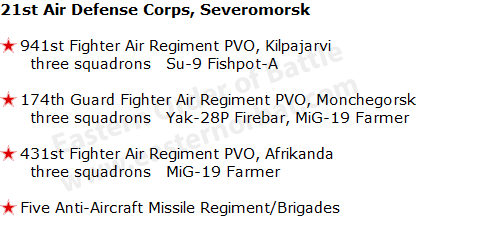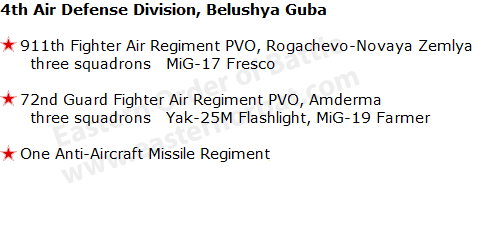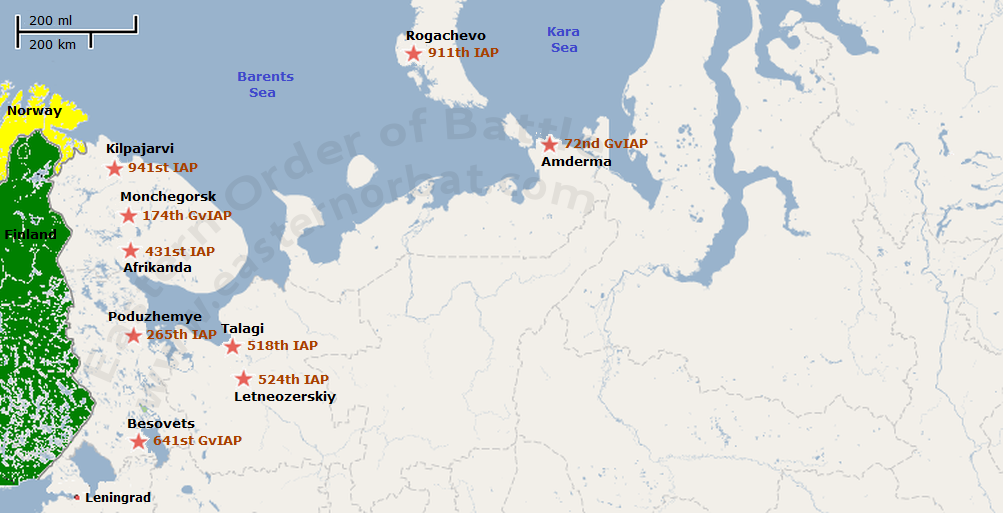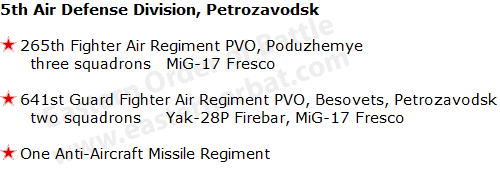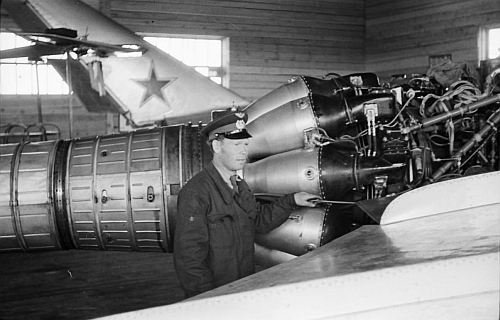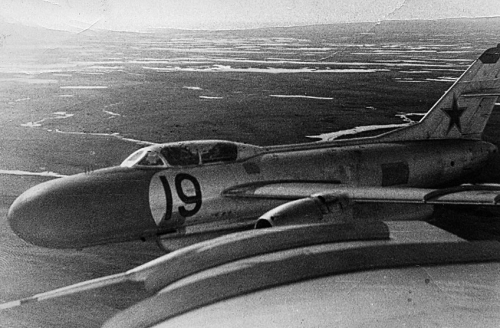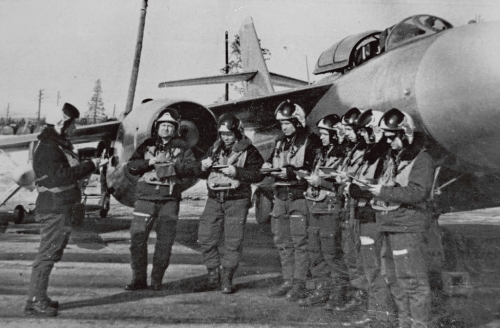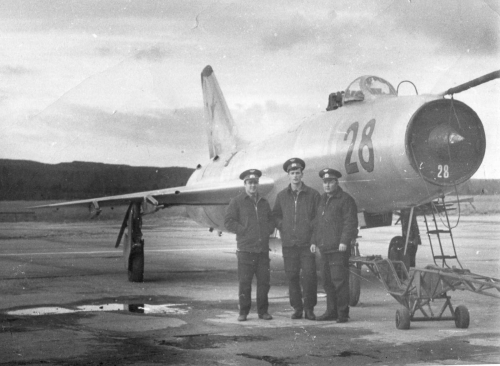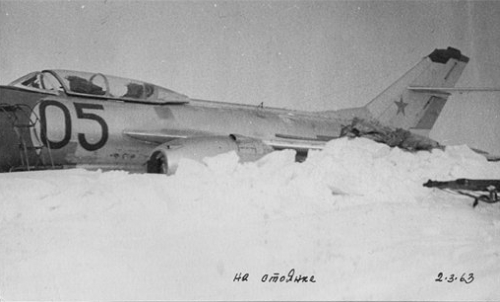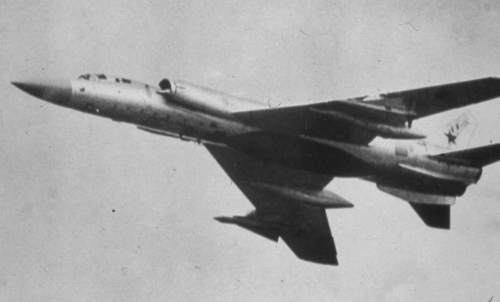|
The Soviet Northern Fleet's headquarters and main bases are located in Murmansk region and Arkhangelsk region. The Fleet operated a lot of ballistic missile-carrying cruisers and submarines. That's why the reconnaissance forces of NATO continuously watched this area during the Cold War, it would have been a primary target in the Third World War. The 21st Air Defence Corps defended the Murmansk region. They had many tasks during the Cold War because NATO reconnaissance airplanes arrived very often. In 1960 an unfortunate event happened.
After Powers U-2 shootdown two months later, on 1st June 1960, a Boeing ERB-47H Stratojet ELINT aircraft of the 55th Strategic Reconnaissance Wing started from England to the Murmansk region. After heading northward over international water for a while the aircraft turned east, flying over the Barents Sea past Norway and towards Soviet shores, approximately 80 km (50 miles) from the Kola Peninsula. When the Stratojet crossed the northern border of the USSR off Murmansk, a MiG-19 ‘Farmer’ of the 174th Guard Fighter Air Regiment on QRA duty piloted by Capt. Vasiliy A. Polyakov scrambled from Murmansk to intercept the intruder. According to the American crew’s reports, the MiG initially shadowed the ERB-47 Stratojet at a distance, flying a parallel course, then crossed the Stratojet’s track about three miles behind it, took position about 12 m (40 ft) off the bomber’s right-wing and rocked its wing as a ‘follow me’ signals. As the spyplane ignored the signal and started a turn to the left as planned, flying at 9,140 m (30,000 ft) and 786 km/h (488 mph), Polyakov received the order to fire. His first burst of cannon fire raked the port wing, Nos. 1-3 engines and fuselage. As Capt Olmstead (co-pilot/gunner) returned fire, the ERB-47 Stratojet flicked into a spin from which the pilots were able to recover; but then Polyakov finished off the target with a second salvo. At 1803 hrs Moscow time the uncontrollable Stratojet plunged into the Barents Sea, killing four of the six crew; the pilots and the navigator ejected but the Maj. Palm (captain/pilot) apparently died of exposure in the frigid water. Olmstead (co-pilot/gunner) and McKone (navigator) picked up by a Soviet fishing vessel more than six hours later, being taken into custody when the ship docked. *
Kulyapin pilot was awarded the Order of the Red Banner, the mechanic engineer V. Denisenko was awarded the Badge of Honor, the A. Kotlyarov air controller was awarded the Red Star award.
|


